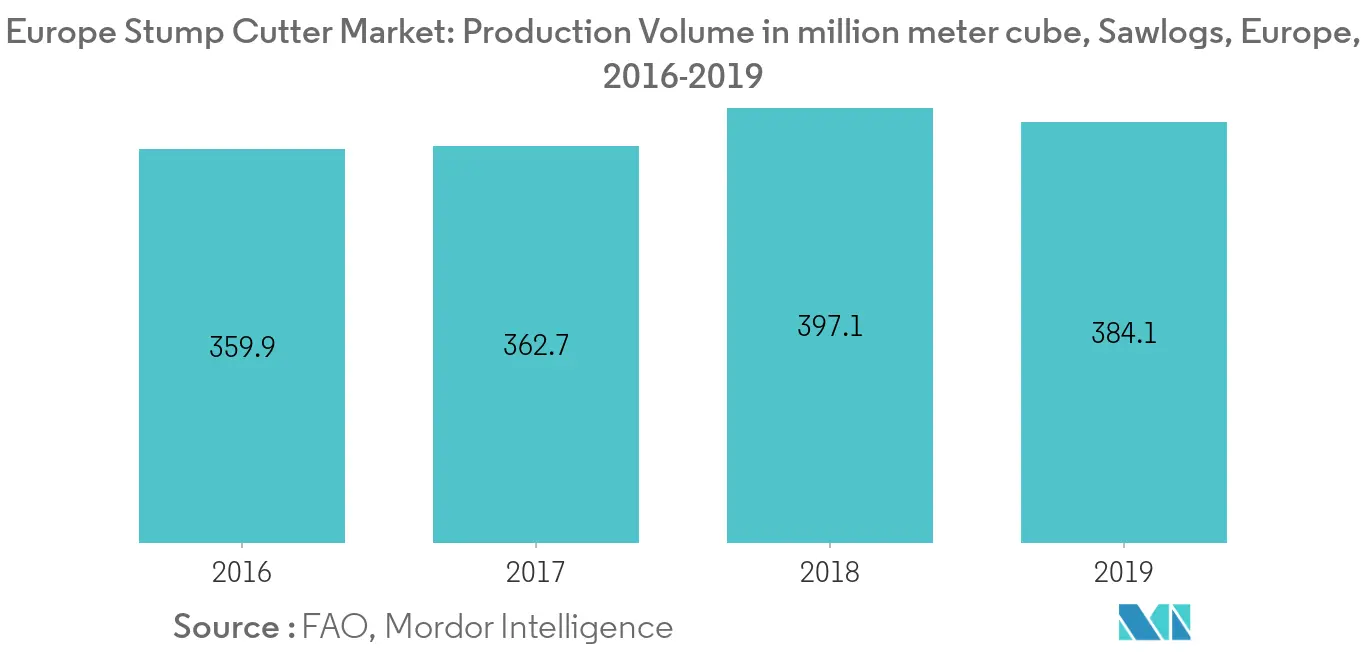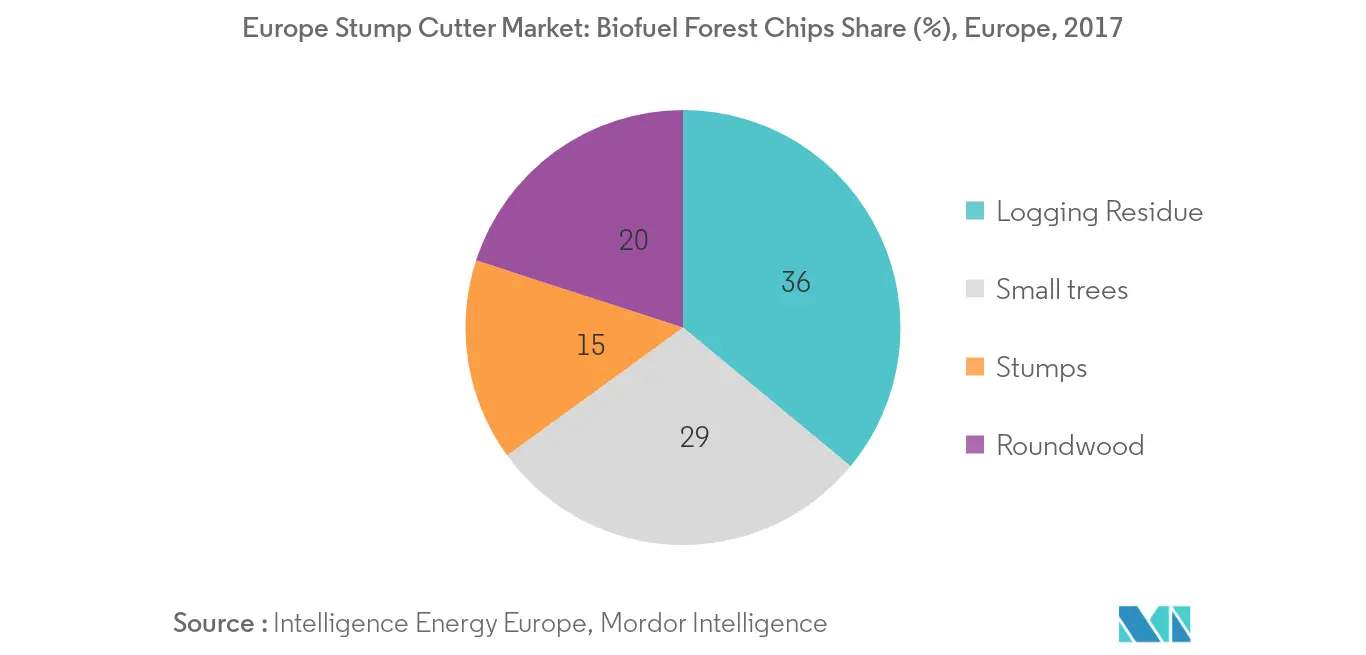Market Trends of Europe Stump Cutter/Grinder Industry
This section covers the major market trends shaping the Europe Stump Cutter/Grinder Market according to our research experts:
Increased Production of Forestry Products
According to the Food and Agriculture Organization, the region has 1,017,460.8 thousand hectares of forest land in 2020, which increased from 1,016,798.8 thousand hectares of forest land in 2018. The region has forests and other wooded lands, corresponding to 44.6 % of its land area. The European Union accounts for approximately 5% of the world's forests. The forested area of the European Union is slowly increasing. Apart from the forests' ecological value, their role as an essential element in the European landscape, and their importance for some non-economic uses, such as recreation, forests are also an economic resource. Hence, the increased wood production and the increased presence of various small- and medium-sized enterprises who are highly active in the sector further resulted in an increased demand for wood cutting, which further positively impacts the stump cutter/grinder market in the region.

Increased Stump Harvesting for Biofuel
In 2017, the International Energy Agency (IEA) Bioenergy stated that the region's interest in the stump harvesting has gradually rocketed from early 20's, owing to the increased usage and support as biofuel across various countries of the region. Stump harvesting in Europe has been under function for more than decades, with many countries being very active in harvesting. In Britain, stumps are removed in some forests for disease control, especially in south-east England. Additionally, they are extracted where restoring plantation forest areas to peat bog for conservation reasons. Recently, small-scale commercial stump harvesting has started in parts of Scotland to provide fuel for biomass power stations.


